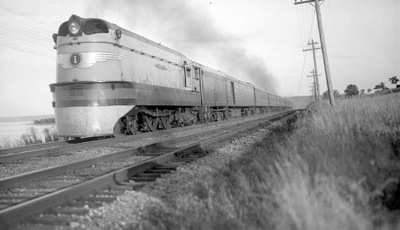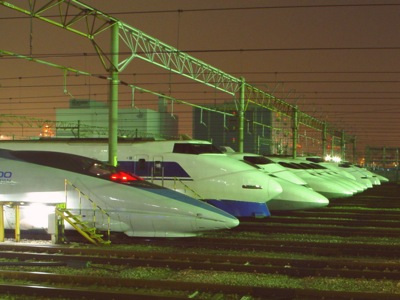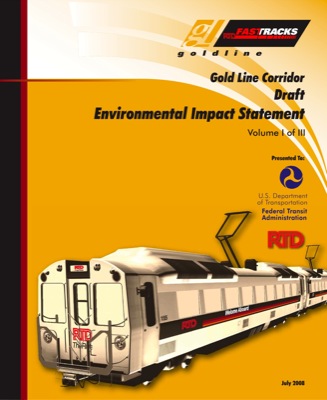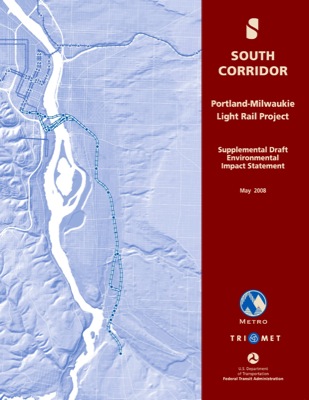In 1935, the Chicago, Milwaukee, St. Paul & Pacific Railroad — known as the Milwaukee Road for short — began operating steam-powered passenger trains at speeds up to 110 miles per hour between Chicago and Minneapolis. Passengers at that time had their choice of three railroads — the Milwaukee, the Chicago, Burlington & Quincy, and the Chicago & Northwestern — each of which had at least two trains a day that took 6-1/2 hours between Chicago and the Twin Cities.
The Hiawatha at 85 mph. Photo by Otto Perry, courtesy Denver Public Library.
Today’s Amtrak trains require eight hours for the same journey. The Midwest Regional Rail Initiative — a consortium of nine state departments of transportation — proposes to reduce this to 5-1/2 hours and to similarly speed service from Chicago to Detroit, Cleveland, Cincinnati, St. Louis, and other midwestern cities.












